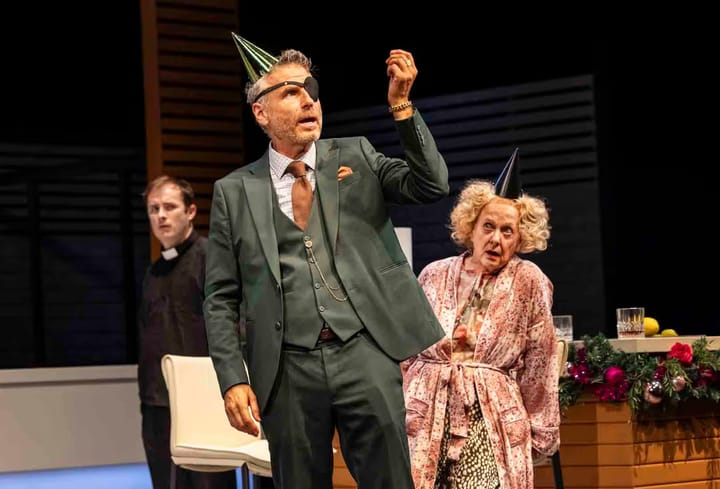REVIEW: Impressions in Watercolour – J.M.W. Turner and his Contemporaries
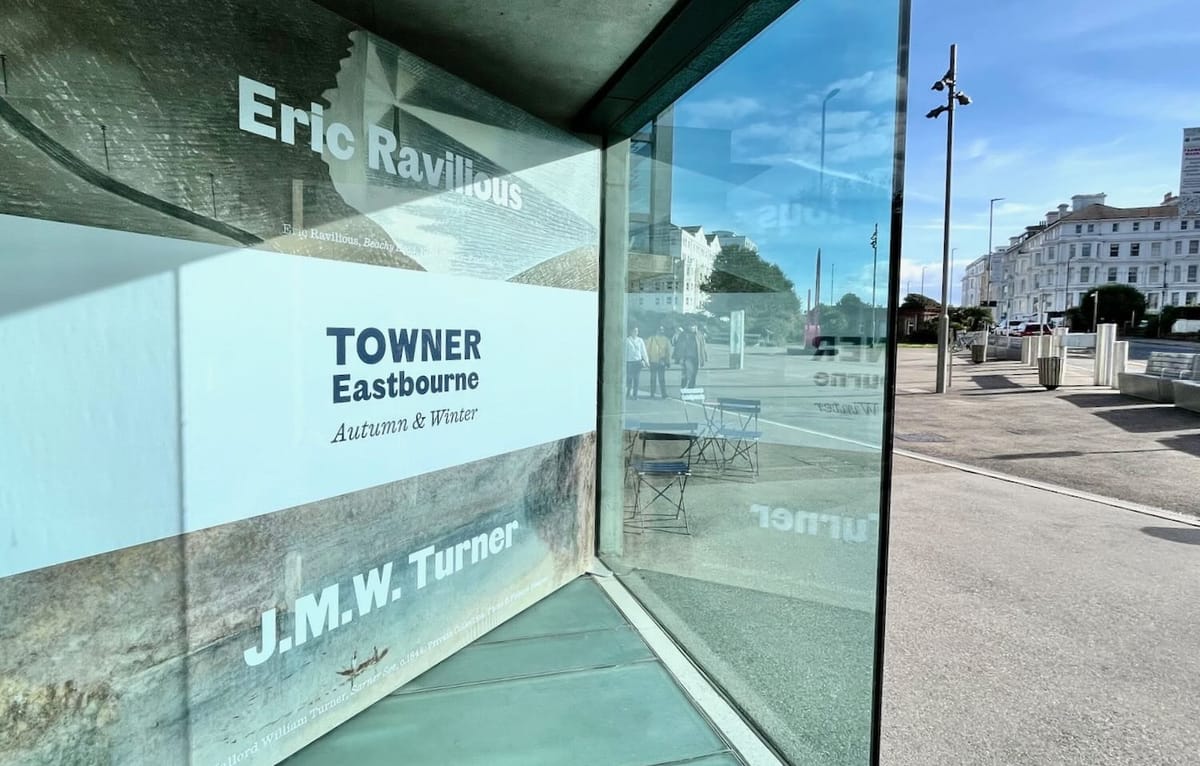
By Alison Norwood, volunteer arts reviewer
J.M.W. Turner (1775–1851) is likely to be one of those artists that many people know a little about.
His epic paintings of seascapes and steam trains are highlights in any visit to the National Gallery in London and there’s the biopic Mr Turner (2014) too, starring Timothy Spall.
Just opened at Towner Eastbourne is a new exhibition of watercolours by Turner and his peers.
Many of the works, from a private collection, were amassed by Sir Hickman Bacon (1855–1945), a baronet who bought a large number of Turner’s sketches, often for as little as £100.
The exhibition builds on the theme of the 250th anniversary of Turner’s birth and is organised by the Holburne Museum, Bath.
The scale and expanse of works on display is stunning. By following the development of watercolour during this period of the 19th century, it shows the move away from sepia tones to more dynamic and atmospheric zones of solid colour.
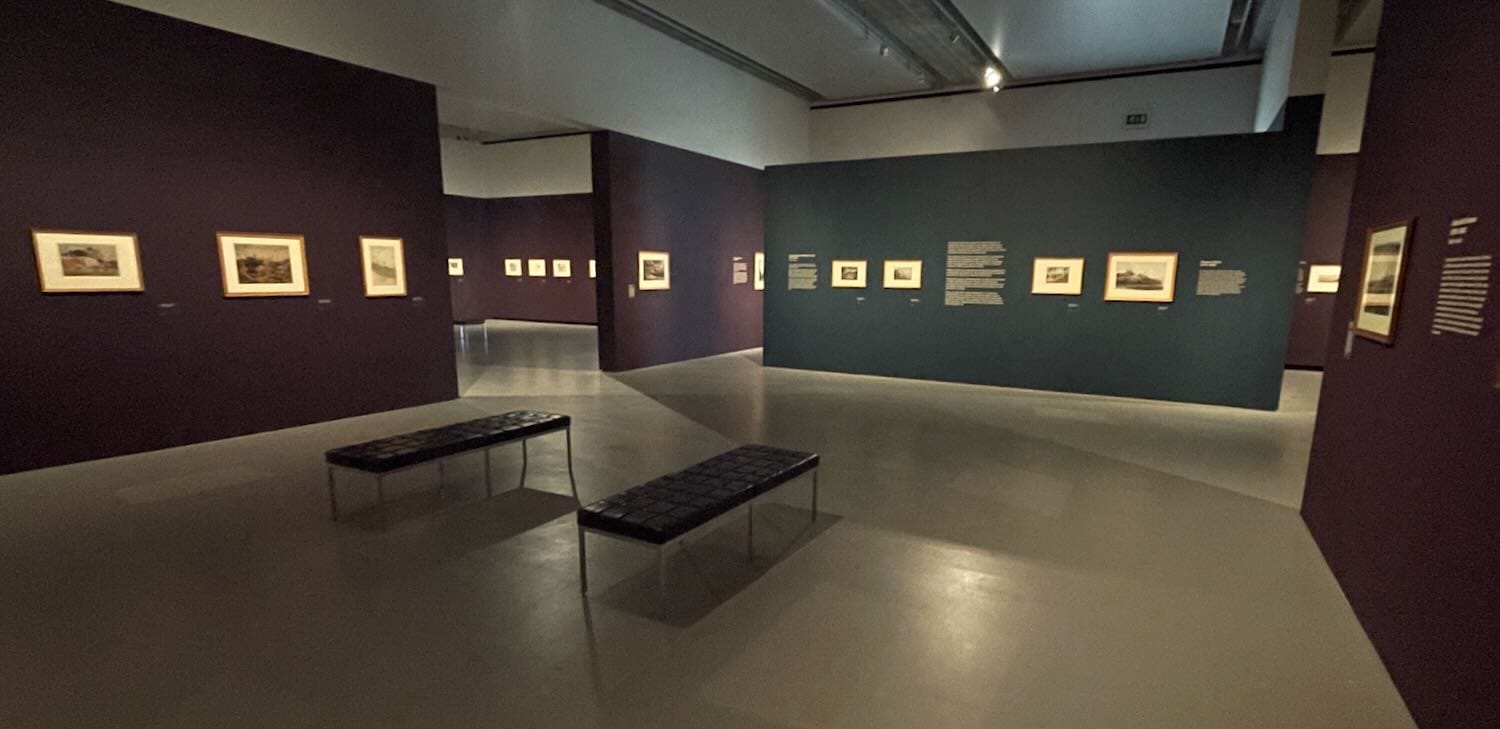
This is demonstrated by the change from the ‘receding cloud effect’ in View on the Wharfe by Thomas Girtin (1775–1802) to Cader Idris by John Sell Cotman (1782–1824), with its blues and browns on a grand scale, and the texture of the paint thickened with paste to emphasise this richness.
The Turner works are atmospheric, showing just some of his hundreds of sketchbook paintings, as he developed these almost abstract self-titled ‘beginnings’ to inform the better-known finished paintings and also generate commissions.
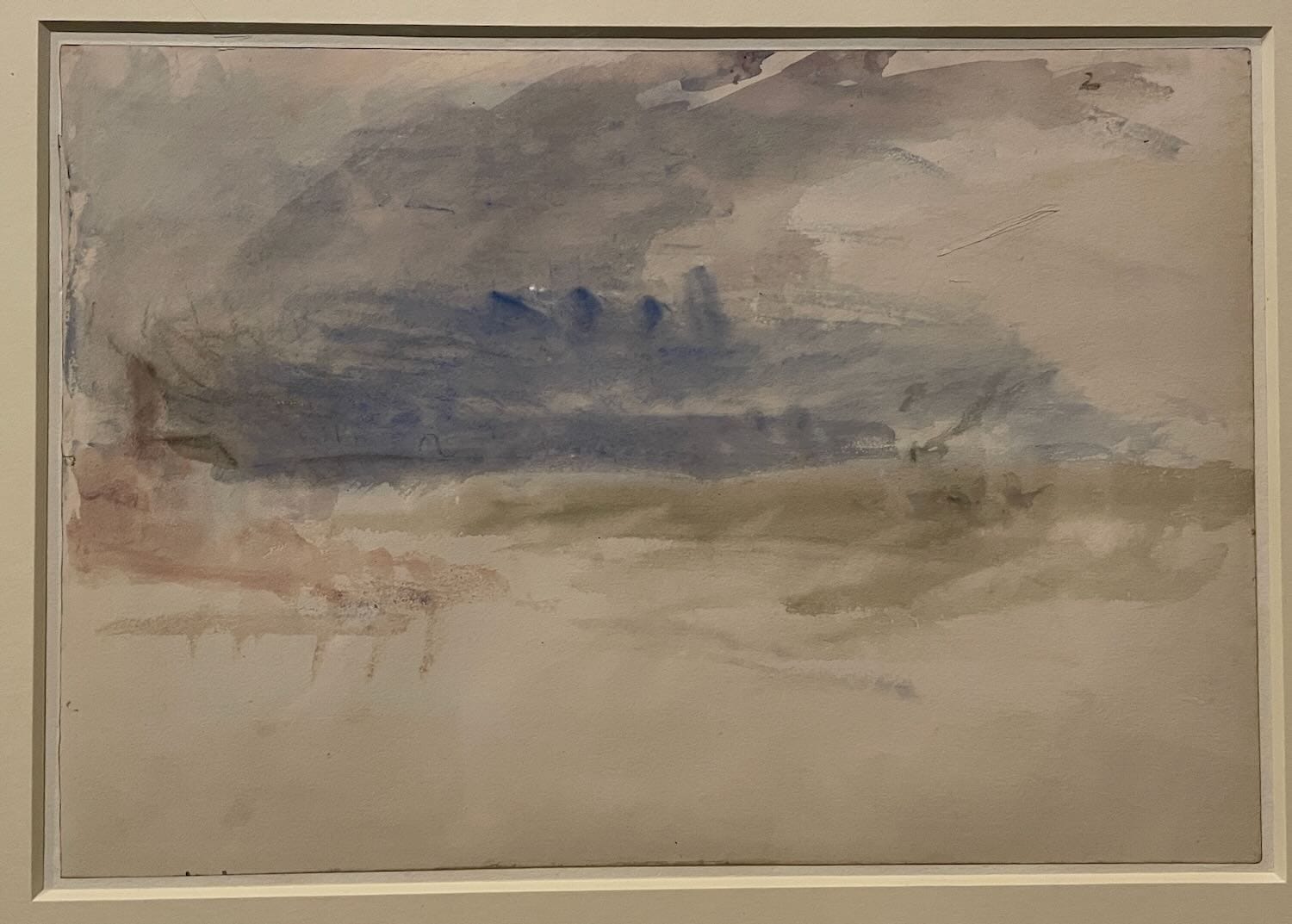
Study of a Summer Sky at Margate is initially very spare in substance yet conveys its meaning completely, and A Shore with a Breakwater captures experimental, sketchy rain while illustrating perfectly what an approaching storm feels like.
One critic in the 1810s said of Turner, ‘He paints nothing.’ Yet, as tastes change over time, we have come to appreciate these works.
The exhibition aims to show the dynamic practices in art in this period, and the interconnections and influences between artists.

Glimpses of the Impressionist movement – to come later in France – are noticeable here too, all part of artists moving away from the constraints of classic art history teaching to instead capture effects and atmospheres, fleeting moments.
Sometimes these moments could not even be contained by the visuals, with Turner writing poetry and personal thoughts on the back of his sketches.
While the subjects of the paintings are UK- and European-wide, there are local scenes too, from Eastbourne to Alfriston, Seaford, and Brighton.
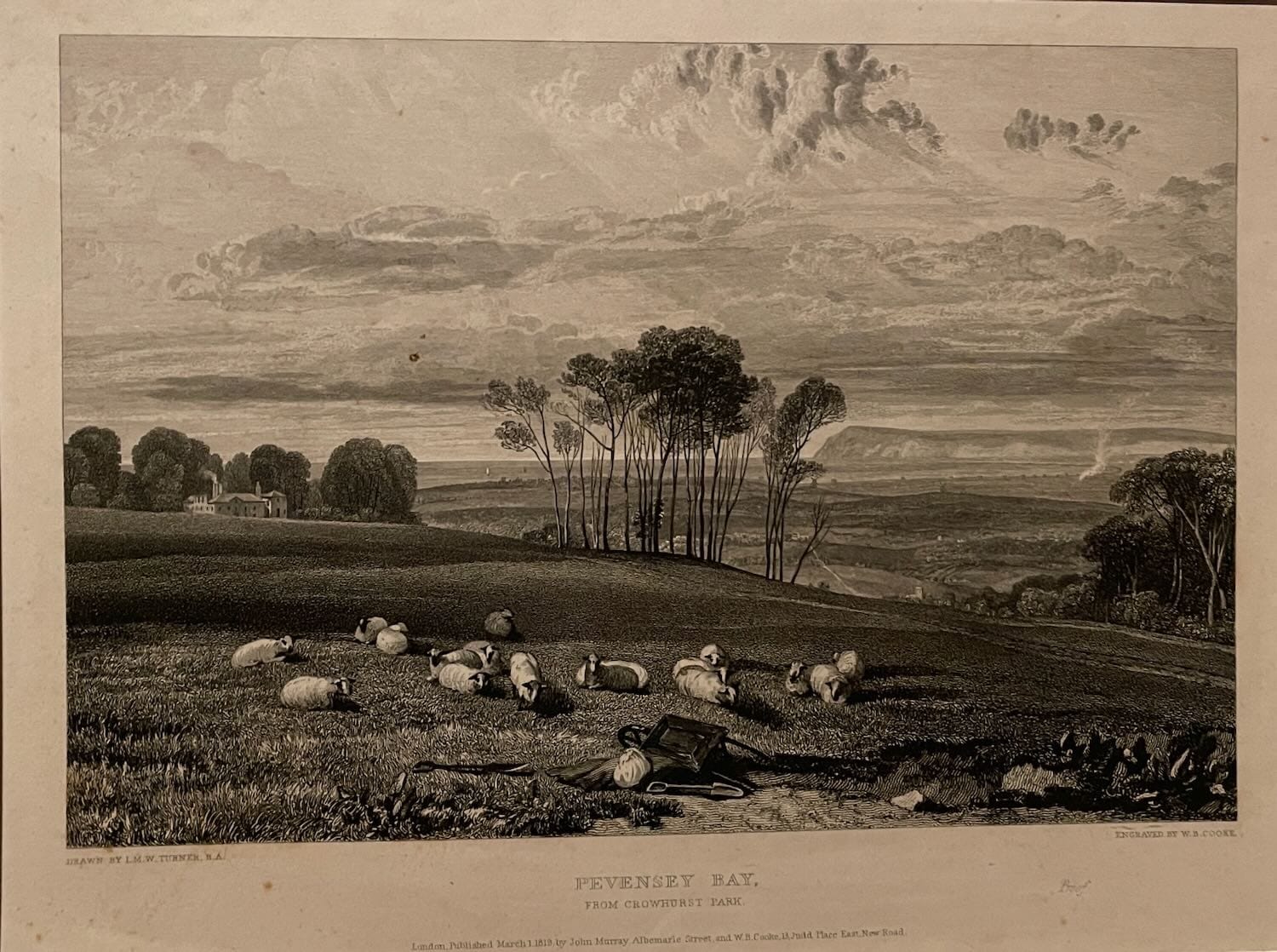
These are familiar landscapes yet frozen in a rural time of flocks of sheep and unrestricted views across the hills. Not that the real world is forgotten: Bedlam Furnace by Cotman touches on urbanisation in the Black Country with appropriately rich and dark colourwork.
The evolution of watercolour techniques is covered too, with newly-created watercolour papers, and washes and layers in brushwork becoming looser.
We see the difference from the more conventional gentleness of Turner’s Bath from Kingstown Hill to Wyllie’s Fishing Smacks, a startlingly realistic depiction of the tilting boats struggling to navigate a choppy sea.
A visit to this exhibition is recommended, allowing time to let the vastness of the subjects and techniques to sink in. Mostly, just go in order to see the immense skills of the artists and the resulting beautiful paintings. This visit is going to be the first of many for me.
The curator’s view
By Rebecca Maer, Eastbourne Reporter
Ian Warrell, the exhibition curator, is a leading Turner expert and former Tate curator. He is in no doubt about the far-reaching influence of J.M.W. Turner.
Ian notes that setting Turner in a wider context was the starting point of the exhibition. “It is good to look at Turner in his time. Thomas Girtin was a competitor in a friendly sort of way and there was a face-off with John Sell Cotman.”
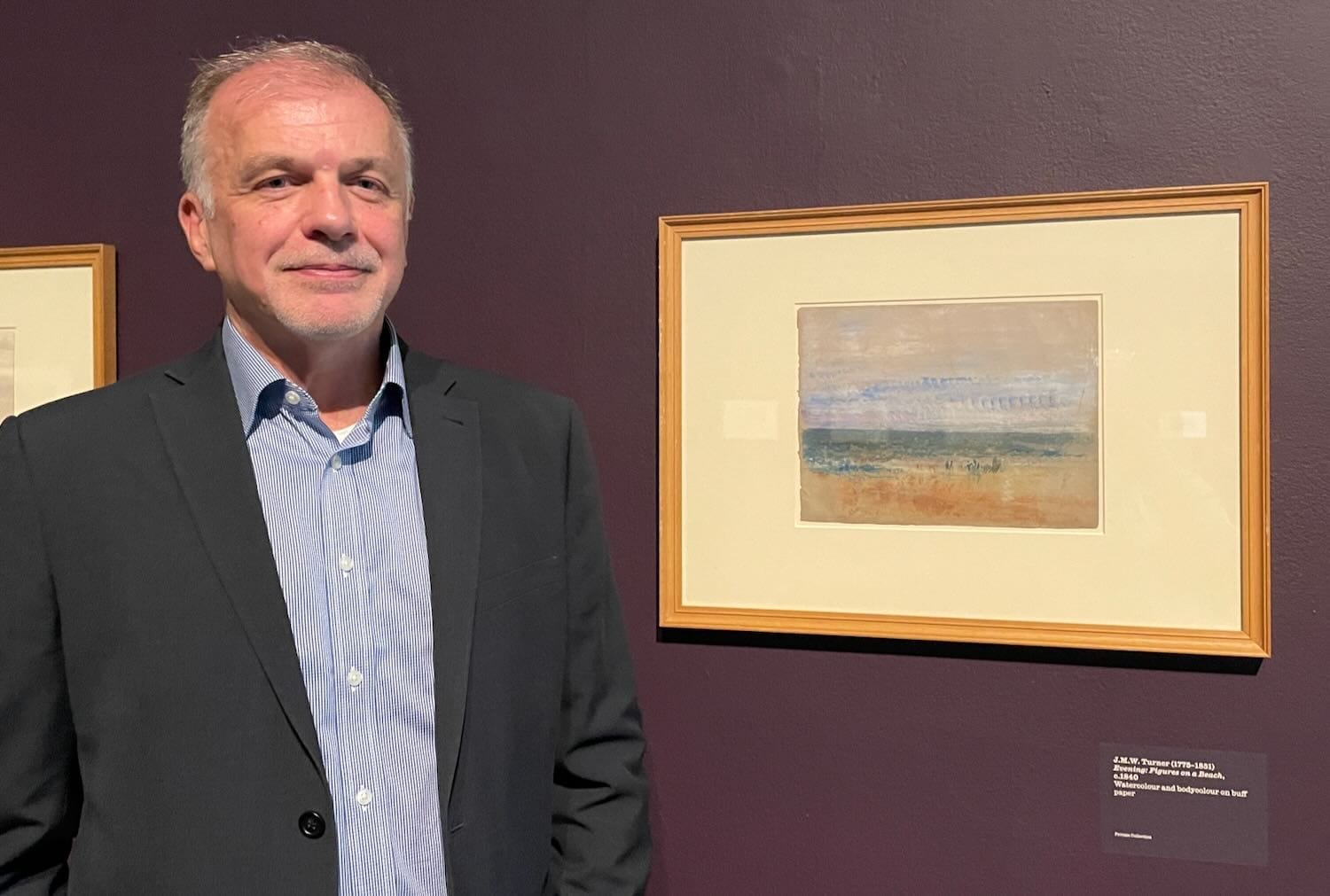
He also explains how Turner was pre-Impressionist: “He wanted to capture effects, he wanted the atmosphere.”
Monet (1840–1926) visited London and saw Turner’s works in 1870, although there is much debate about to what extent this influenced him. Fast-forwarding to more recent times and Turner’s own influence, Ian quotes Mark Rothko (1903–1970) as having joked, ‘That guy Turner, he learnt a lot from me.’
Sir Hickman had good instincts and paid less than £100 for some sketches, according to Ian. They are only lent out every decade or so, then stowed carefully in boxes to preserve the watercolours.
One of Ian’s personal Turner favourites is Figures on a Beach.
:: Impressions in Watercolour: J.M.W. Turner and his Contemporaries runs until 12 April 2026. Admission: £4.50 to £9.00; free for Towner Members and Under 25s; ‘Pay what you can’ on the first Friday of the month
:: Alison Norwood is a professional academic publisher, having previously worked in print and design. She loves all aspects of art and publishing, and writes novels in her spare time. Alison enjoys studying art history and is a volunteer arts reviewer for Eastbourne Reporter.
